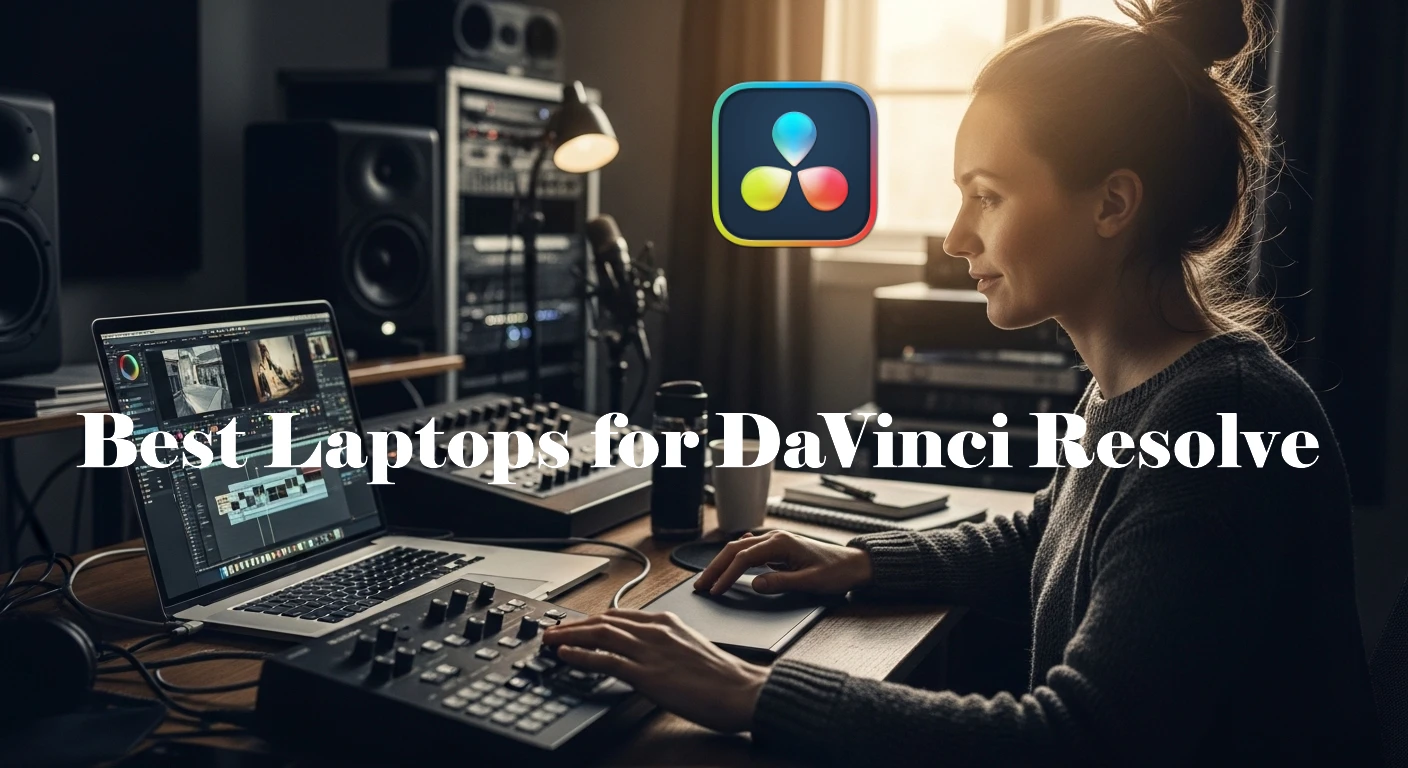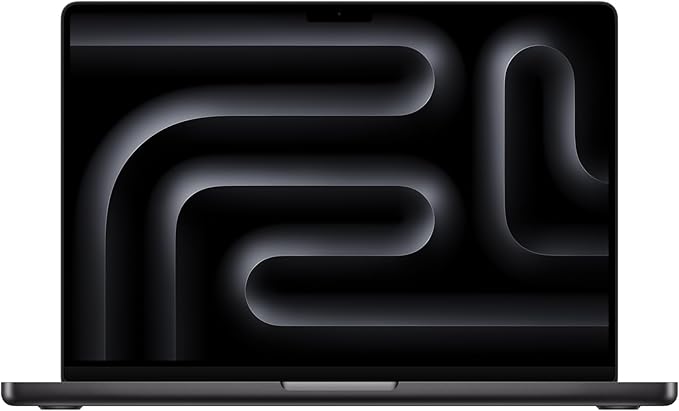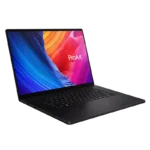Video editing has never been more accessible, and DaVinci Resolve is leading the charge. Whether you’re cutting short YouTube videos, grading feature films, or doing high-end commercial work, Resolve demands serious horsepower. Choosing the right laptop can make the difference between smooth playback and endless frustration.
This guide breaks down the best laptops for DaVinci Resolve in 2025. You’ll find honest pros and cons, detailed specs, and practical advice—written in clear language, not tech jargon.
Also Read: Best Multimedia Laptops Under $1000
Why DaVinci Resolve Needs Serious Hardware
Unlike lighter editing software, Resolve leans heavily on both the CPU and GPU.
- The CPU handles decoding, rendering, and background processes.
- The GPU is critical for color grading, Fusion effects, and real-time playback.
- RAM and storage ensure your workflow stays fast and responsive.
Simply put: the more powerful the hardware, the smoother your editing.
Quick Comparison Table – Best Picks at a Glance
| Best For | Laptop | Key Specs | Why It’s Great |
|---|---|---|---|
| Professional Colorists | MacBook Pro 16” (M4 Max) | M4 Max chip, 48–96GB RAM, XDR Display | Best overall performance with Metal acceleration |
| Raw GPU Power | MSI Titan 18 HX | Intel i9, RTX 4090, 64GB RAM | Desktop-class performance in a laptop |
| Portability & Power | ASUS ROG Zephyrus G16 | Ryzen 9, RTX 4070/4080, 32–64GB RAM | Slim design with strong editing performance |
| Balanced Creator Laptop | Dell XPS 15/17 (2025) | Intel i7/i9, RTX 4060/4070, 32GB RAM | Beautiful display and reliable performance |
| Workstation Reliability | Lenovo ThinkPad P1 / HP ZBook | Xeon/Ryzen 9, NVIDIA RTX A-series, 64GB+ RAM | ISV-certified for pro workflows |
Powerful Laptops Built for DaVinci Resolve in 2025
1. Apple MacBook Pro 16” (M4 Max)
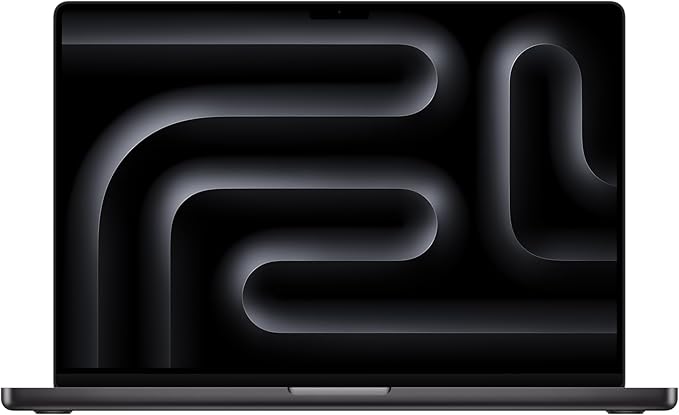
Why it’s great:
Apple silicon has completely changed the game. The MacBook Pro M4 Max delivers blazing speed, efficient cooling, and unmatched stability for Resolve. The unified memory system means everything—CPU, GPU, and RAM—works seamlessly together.
Specs to consider:
- Apple M4 Max (up to 40 GPU cores)
- 48–96GB unified memory
- 1–4TB SSD storage
- 16-inch Liquid Retina XDR display
Pros
- Incredible battery life
- Whisper-quiet fans
- Best-in-class display for grading
Cons
- Expensive at higher specs
- Limited to Apple ecosystem
- No upgrade options after purchase
2. MSI Titan 18 HX
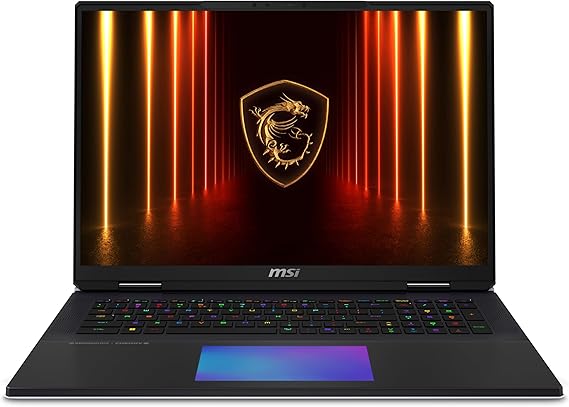
Why it’s great:
If you need raw muscle, the MSI Titan is your best bet. Equipped with the RTX 4090 mobile GPU, it can handle multiple streams of 8K footage, heavy Fusion effects, and demanding rendering tasks.
Specs to consider:
- Intel i9 HX series
- NVIDIA RTX 4090 mobile GPU
- 64–128GB RAM
- Up to 4TB SSD
Pros
- Unmatched GPU performance in a laptop
- Huge 18-inch mini-LED display
- Plenty of ports for external drives
Cons
- Heavy and bulky
- Short battery life under load
- Fans can get noisy
3. ASUS ROG Zephyrus G16
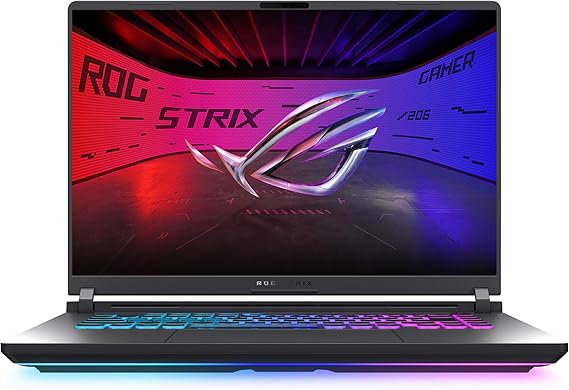
Why it’s great:
A balance between portability and power, the Zephyrus G16 is slimmer than most high-end laptops but still packs plenty of editing performance. Ideal for creators who travel often but still need real editing firepower.
Specs to consider:
- Ryzen 9 / Intel i9
- RTX 4070/4080 GPU
- 32–64GB RAM
- Fast NVMe SSD
Pros
- Lightweight design
- Strong GPU options
- Good battery life for a Windows laptop
Cons
- Color accuracy isn’t perfect out of the box
- Some models get warm during long edits
4. Dell XPS 15/17 (2025)
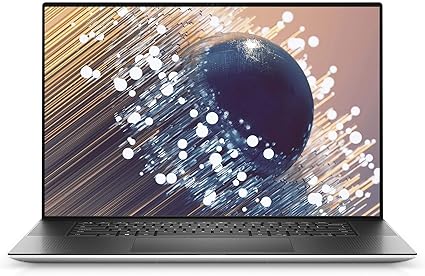
Why it’s great:
A creator favorite, the XPS line blends sleek design with dependable performance. The color-accurate OLED and mini-LED displays are perfect for editors who want a premium machine without going overboard on size or weight.
Specs to consider:
- Intel i7/i9 (13th/14th gen)
- NVIDIA RTX 4060/4070
- 32GB RAM
- 1TB SSD
Pros
- Stunning display quality
- Premium build and portability
- Reliable performance for mid-heavy projects
Cons
- Not as powerful as workstation or gaming laptops
- Can throttle under long heavy loads
5. Lenovo ThinkPad P1 / HP ZBook
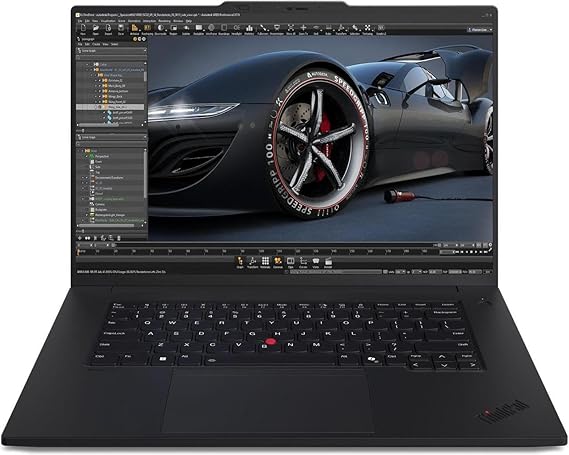
Why it’s great:
For editors working in enterprise environments or with strict reliability needs, these mobile workstations are built to last. ISV-certified drivers ensure smooth operation with pro software suites.
Specs to consider:
- Intel Xeon / Ryzen 9
- NVIDIA RTX A3000–A5500 GPU
- 64–128GB RAM (ECC optional)
- Multiple SSD slots
Pros
- Rock-solid stability
- Designed for long editing sessions
- Excellent port selection
Cons
- Pricier than gaming laptops with similar specs
- Heavier designs
What to Look for in a DaVinci Resolve Laptop
- GPU first: Resolve lives and dies by GPU power. Get the best you can afford.
- RAM: 32GB minimum, 64GB+ for 8K or complex Fusion work.
- CPU: Intel i9, Ryzen 9, or Apple M-series Pro/Max.
- Storage: NVMe SSD, at least 1TB. External fast drives recommended for large projects.
- Display: Aim for OLED or XDR with P3 coverage for color grading.
Final Thoughts
If you’re a professional colorist or editor, the MacBook Pro 16” M4 Max is the best all-rounder. For those chasing raw performance, the MSI Titan 18 HX is unbeatable. If you want portability without sacrificing too much power, the ASUS Zephyrus G16 or Dell XPS 15/17 are solid options. And if reliability and certification matter most, stick with a Lenovo ThinkPad P1 or HP ZBook.
The bottom line: buy the laptop that matches your workflow, not just the most expensive model.
FAQs
It depends on your workflow. If you want stability, great battery life, and excellent color accuracy, the MacBook Pro with Apple’s M-series chips is hard to beat. If you need maximum GPU power for heavy projects, laptops with NVIDIA RTX 4080 or 4090 graphics—like the MSI Titan—are the better choice.
At minimum, aim for 32GB of RAM, a strong multi-core CPU (Intel i7/i9, Ryzen 9, or Apple M-series), and a dedicated GPU. For 4K and above, 64GB RAM and higher-tier GPUs will save you headaches.
Yes, but only for lighter projects. An RTX 3060 can handle 1080p and some 4K editing, but if you’re working with heavy effects, multiple streams, or color grading in HDR, you’ll benefit from stepping up to an RTX 4070 or higher.
Both work well. Macs are more efficient and optimized for Resolve thanks to Apple silicon, while Windows machines usually give you more raw GPU power and better upgrade options. The right choice depends on your budget, preferred plugins, and editing style.
